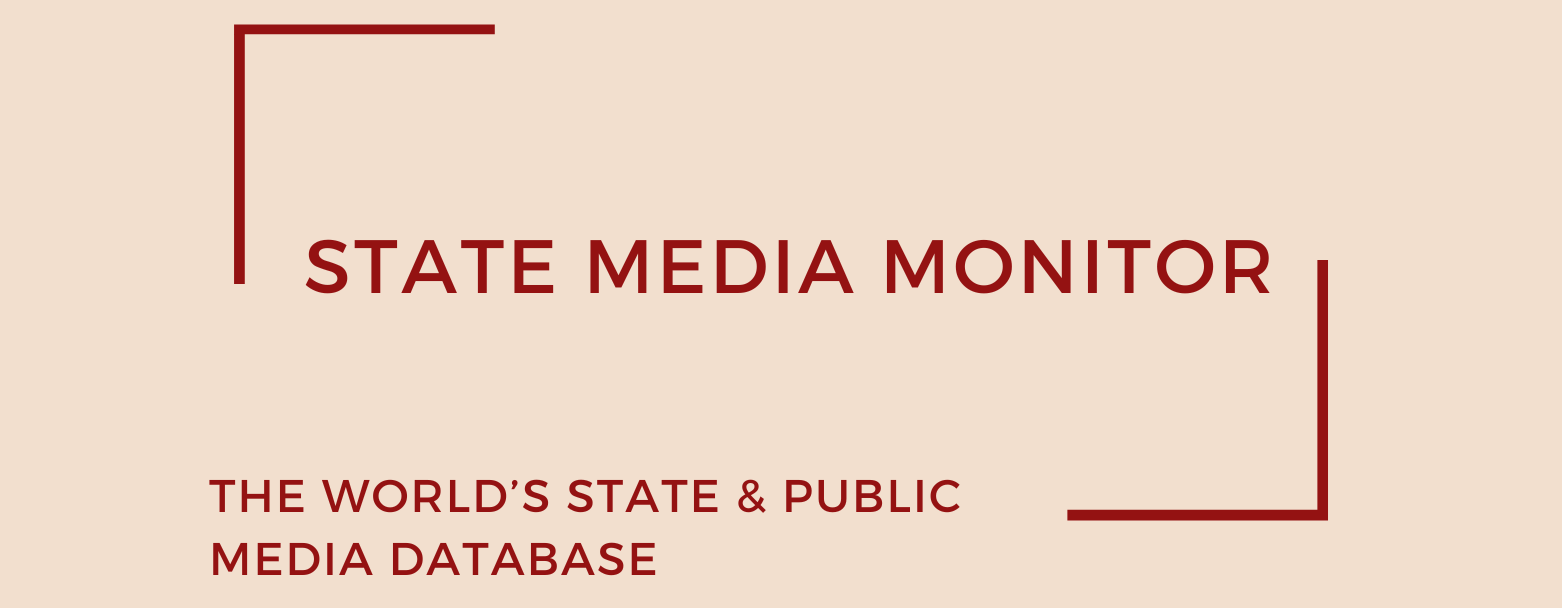State and Public Media in Latin America and the Caribbean in 2023
2023
The state control model reigns supreme throughout Latin America and the Caribbean, as more than three quarters of the 65 state and public media companies surveyed in the region fall under this category. Cuba, Venezuela, and Nicaragua stand out as the nations with the highest levels of state control, with the government exerting significant influence over the majority of media outlets in these countries.
In the past year, there has been a rather notable shift in the state and public media sector within the region. Some downgrading evolutions have outweighed any upgrading progress. Notably, the government’s influence over the editorial agenda of RTA, a prominent public broadcaster in Argentina, has grown stronger. As a result, an increasing number of independent journalists and observers within the country now perceive RTA as more of a state media outlet rather than a public broadcaster. RTA’s news bulletins have transformed into a mere platform for relaying government announcements and regurgitating the words of government officials during their public speeches.
Accusations of censorship at the public media operator SINART in Costa Rica have reached a boiling point, with journalists consulted for this report confirming that they are unable to address certain topics due to strict directives from SINART’s management.
In Mexico, following the election of Andres Manuel Lopez Obrador (AMLO) as president in 2018, there has been a noticeable shift in the direction of Canal Once, a public broadcaster. Under the leadership of the current director, who was appointed by Obrador himself, the station’s news reporting has become unabashedly supportive of the government. Concerns about censorship when it comes to media coverage of topics that cast a negative light on the Mexican presidency have intensified during the past year.
In comparison to other regions across the globe, Latin America and the Caribbean stands out with a higher presence of independent state media entities. Notable examples include PBC Jamaica, IMER and Canal 22 in Mexico, and Televisión y Radio de la Universidad Nacional de Colombia. However, their number continues to steadily decline.
In Latin America, a characteristic of the media systems is the presence of a university media sector, consisting of broadcasters that are funded by the state budget but operated independently by universities such as UCR in Costa Rica, Universidad de San Carlos de Guatemala, UTV in Honduras, and UNAM in Mexico. Additionally, there is a media sector focused on the indigenous population, with some outlets receiving state financing. Examples include Canal 5 TV Maya in Guatemala, Sistema de Radiodifusoras Culturales Indígenas (SRCI) in Mexico, and Sistema Nacional de Radios de los Pueblos Originarios in Bolivia, all seeming to have editorial autonomy.
